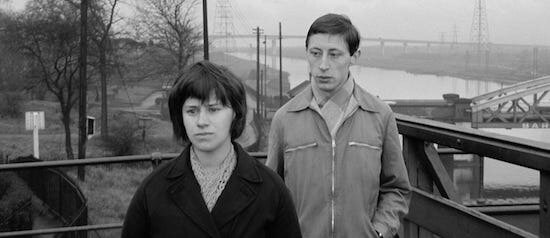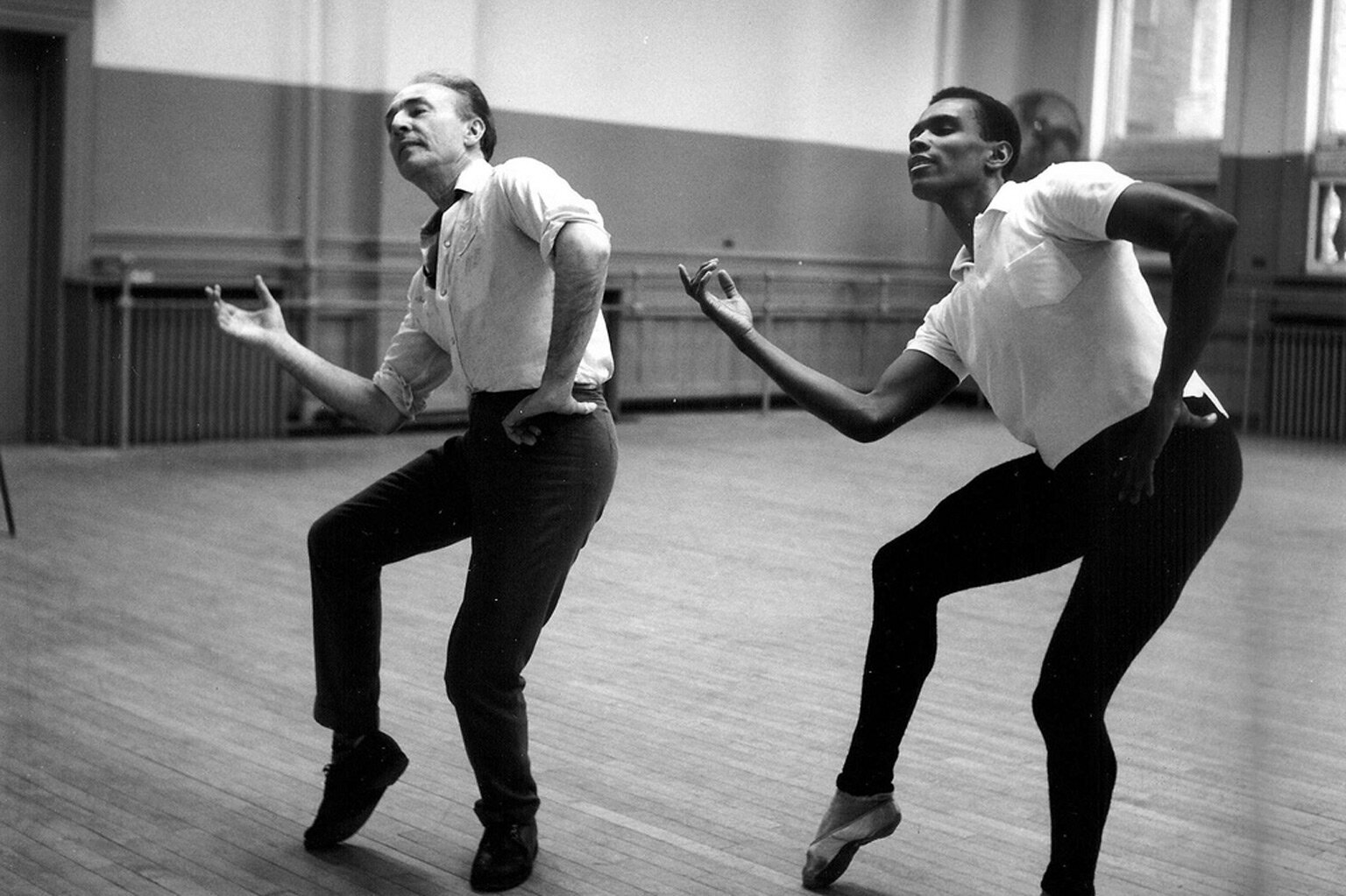‘The Whole Place Ruinated’: Samuel Beckett and The Wisdom of the Ancients
‘The wisdom of the ancients that’s the trouble they don’t give a rap or snap for it any more, and the world going to rack and ruin, wouldn’t it be better now to go back to the old maxims and not be gallivanting off killing one another in China over the moon.’
Cream, ‘The Old Tune’ (Samuel Beckett)
I recently saw a fine production of Samuel Beckett’s short 1960 play ‘The Old Tune.’ (The Jermyn Street Theatre, London)
Gorman, an organ grinder, is struggling to get a melody from his dilapidated instrument. He encounters Cream, an old friend he has not seen in years.
‘All this speed… has the whole place ruinated, no living with it any more, the whole place ruinated, even the weather.’
They sit on a park bench together and chat about the good times of yore, the fates of various acquaintances, sweethearts and family members. They endeavour to smoke a cigarette. They complain about the younger generation and the traffic, about modern machinery and manners.
‘Ah the young nowadays Mr Cream very wrapped up they are the young nowadays, no thought for the old.’
‘They’d tear you to flitters with their flaming machines.’
As is the way with the elderly, Gorman and Cream are comfortable talking about death. It is a constant companion, a familiar friend.
‘Seventy-three, seventy-three, soon due for the knock.’
‘And Rosie Plumpton bonny Rosie staring up at the lid these thirty years.’
Their animated reflections seem lucid, but between them they cannot agree on any of the details of past events. Their memories are fading, and like the antiquated barrel organ, they struggle to conjure up the old tune.
‘The Old Tune’ is a gentle, poignant play, rich in elegant language and wry observation. And it has a warm human relationship at its centre.
It’s easy to be dismissive of old people. All that rose tinted nostalgia, free association and discontinuity. The story juke box and the family Rolodex. The trivial details about journeys and parking, ailments and treatments. The distrust of youth and technology. The points of view that have fixed and hardened with time. The ardour for refuse collection.
‘You had to work for your living in those days, it wasn’t at six you knocked off, nor at seven neither, eight it was, eight o’clock, yes by God.'
But, of course, if you can see past the sentiment and wistful reminiscence; past the ritual and conservatism; past the confusion of cracked recollection – the elderly still have a good deal to offer. They have precious experience, shrewd insight and hard earned wisdom. They have seen the world and lived a life.
Cream is keen to establish that humankind should seek progress, but not in every direction. He’s particularly sceptical about distant wars, atomic bombs and moon landings.
‘My dear Gorman the moon is the moon and cheese is cheese what do they take us for, didn’t it always exist the moon wasn’t it always there as large as life and what did it ever mean only fantasy and delusion Gorman, fantasy and delusion.’
Why, Cream asks, are we investing so heavily in things that really don’t matter at all?
‘Rheumatism they never found the remedy for it yet, atom rockets is all they care about.’
I found that these sentiments still resonate today. Progress and innovation, science and technology need direction and focus. They should be pointed at the greatest human needs and the truest human benefits. Let’s not burn precious time, expertise and money on ‘fantasy and delusion.’ Some journeys may not be worth taking.
‘Ah there I’m with you progress is scientific and the moon, the moon, that’s the way it is.’
At length the two chaps begin their farewells. But they don’t actually get up to go.
‘You know what it is Mr Cream, that’d be the way to pop off chatting away like this on a sunny morning.’
'But now the days are short.
I'm in the autumn of the year.
And now I think of my life as vintage wine,
From fine old kegs,
From the brim to the dregs.
And it poured sweet and clear.
It was a very good year.’
Frank Sinatra, ‘It Was a Very Good Year’ (E Drake)
No. 272

























